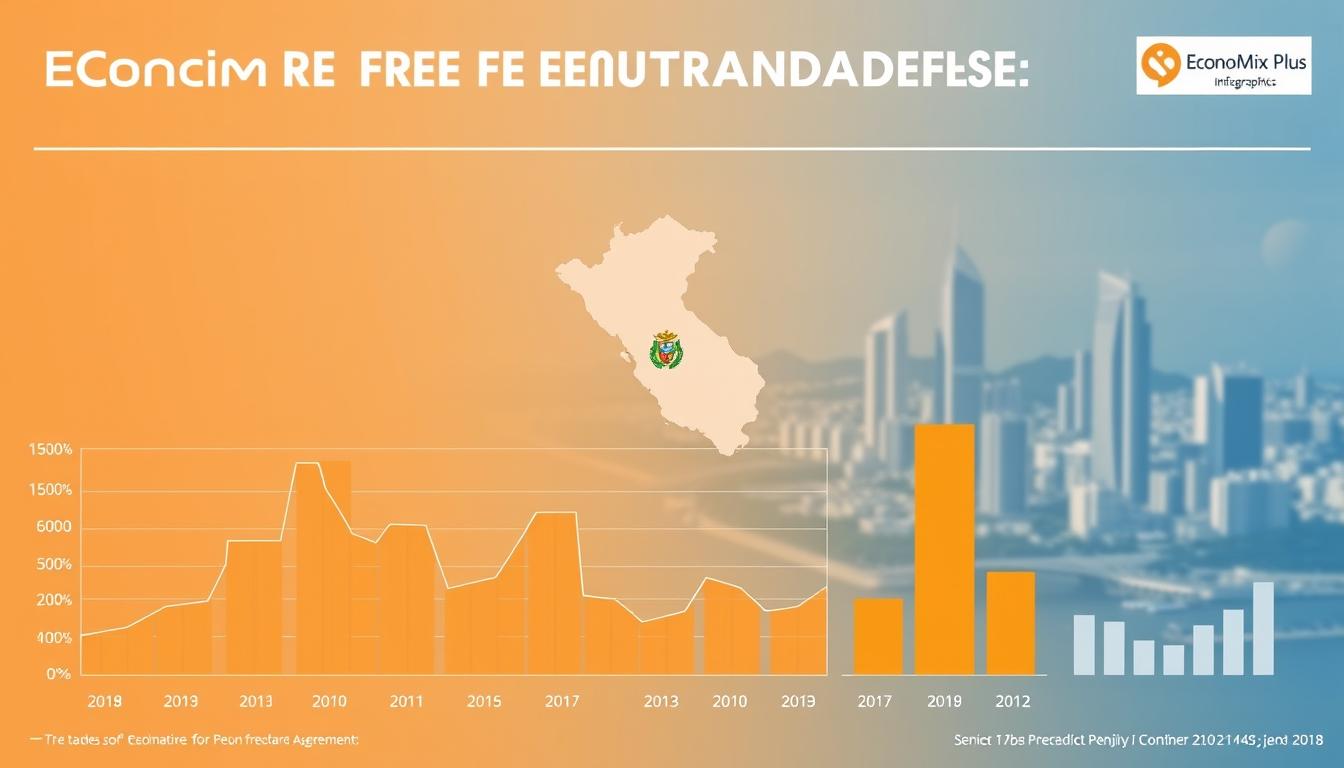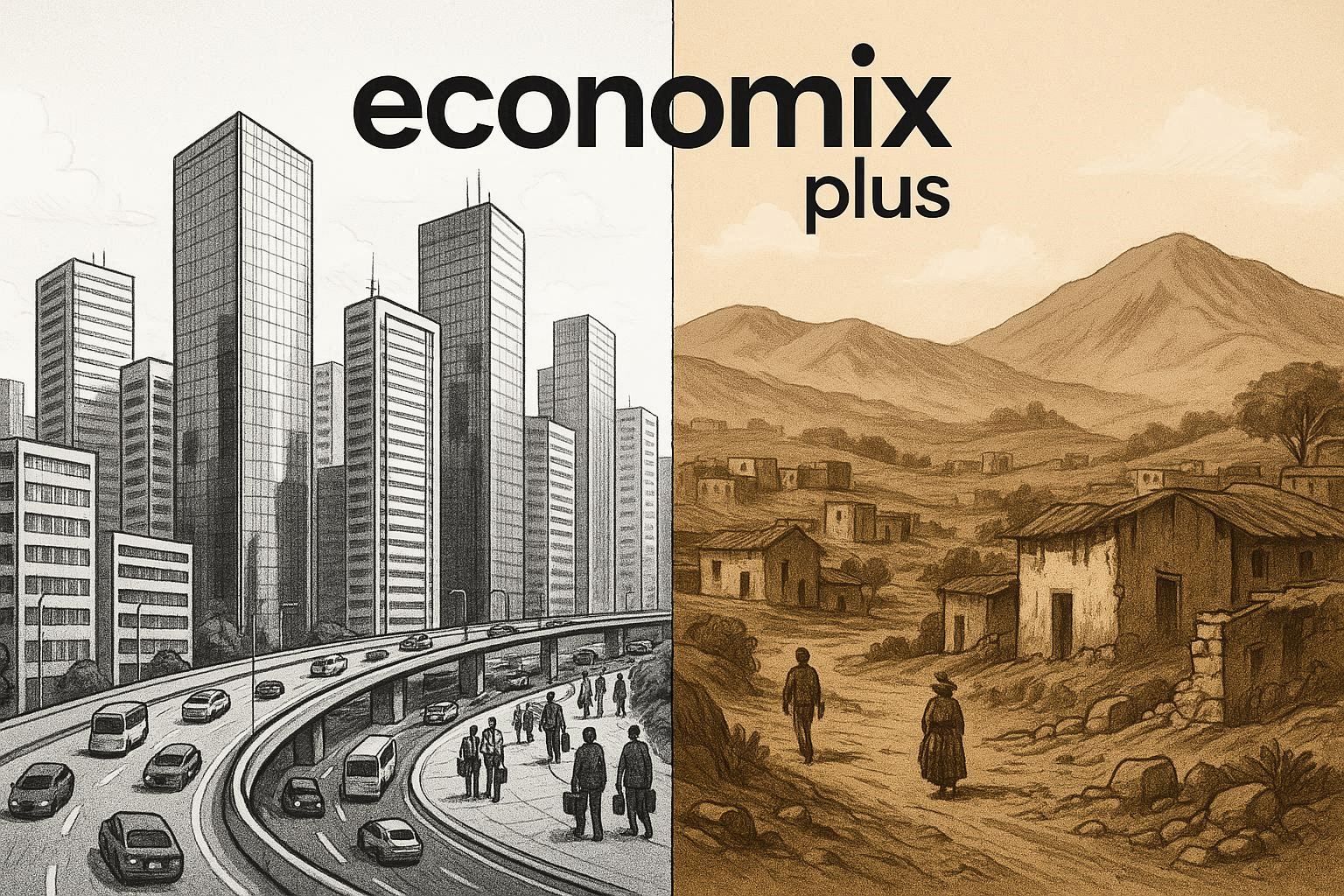When countries forge economic partnerships, who really benefits? This question lies at the heart of debates surrounding international commerce policies. For over a decade, one South American nation’s experience has sparked intense discussion among policymakers and economists alike.
The landmark pact between Washington and its southern partner took effect in February 2009. This arrangement eliminated tariffs on 80% of consumer goods immediately, with remaining barriers phased out over subsequent years. It established binding rules for market access while creating mechanisms to resolve disputes.
Supporters argue such deals foster job creation through expanded export opportunities. Critics counter that smaller economies risk becoming dependent on foreign markets. The truth likely lies somewhere between these extremes, shaped by implementation details and domestic policies.
Three critical elements define these economic partnerships: predictable legal frameworks, tariff reduction schedules, and protections for cross-border investments. Data shows bilateral commerce between the signatories grew by 89% during the pact’s first decade. However, measuring true economic impact requires examining both quantitative results and qualitative regulatory changes.
Key Takeaways
- The landmark US trade pact became operational in February 2009
- Immediate tariff elimination covered four-fifths of consumer products
- Binding dispute resolution mechanisms protect participant interests
- Legal frameworks prioritize stability for international investors
- Regulatory reforms accompany market access provisions
- Economic effects extend beyond simple import/export statistics
Overview of Peru’s Trade Landscape
Strategic partnerships have reshaped economic policies across Latin America. Since 2006, one nation’s approach to international commerce has become a blueprint for balancing growth and sovereignty. These partnerships have not only facilitated increased trade flows but have also encouraged foreign direct investment, leading to a more dynamic economic environment.
By fostering collaboration among countries, they have allowed for shared resources and expertise, which in turn supports local industries and promotes innovation. This model has proven effective in navigating the complexities of global markets while ensuring that national interests are safeguarded, creating a sustainable framework for economic development.
Historical Development of Free Trade Agreements
The 2009 trade promotion agreement with the U.S. marked a turning point. This pact established tariff reductions and created a predictable legal framework for cross-border commerce. Over 15 subsequent deals followed, including the 2018 CPTPP ratification.
Regional strategies evolved through partnerships with MERCOSUR and the Pacific Alliance. These efforts reduced non-tariff barriers while maintaining regulatory flexibility. Bilateral investment treaties further secured protections for U.S. investors.
Key Trade Partners and Regional Strategies
Diverse alliances now anchor the country’s export economy. The table below highlights major agreements:
| Partner | Agreement | Key Impact |
|---|---|---|
| European Union | 2013 FTA | 97% tariff elimination |
| China | 2010 FTA | +214% bilateral trade growth |
| CPTPP Members | 2021 Ratification | Access to 500M consumers |
These promotion agreements fostered competition in mining, agriculture, and services. Recent reforms prioritize stability for foreign enterprises while safeguarding domestic industries. This dual focus continues attracting global capital without compromising local priorities.
Peru and Free Trade Agreements Beneficial or Trapped
Balancing economic growth with regulatory safeguards remains a critical challenge for nations navigating global partnerships. Since the predictable legal framework of the Peru trade promotion agreements entered force in February 2009, shifts in commerce patterns reveal both opportunities and systemic risks. These shifts have necessitated a careful evaluation of how countries can foster economic development while ensuring that regulatory measures are in place to protect both domestic industries and foreign investors, including U.S. investors. This report highlights the importance of these trade agreements and their requirements.
As international trade agreements evolve, nations must continuously adapt their policies to mitigate risks such as market volatility and competitive disadvantages. The experience of various sectors illustrates that while some industries, like mining and agriculture, have thrived under these agreements, others, particularly textiles, have struggled to maintain their market positions. This complex interplay between growth and regulation underscores the importance of strategic policymaking in the context of a rapidly changing global economy.
Economic Impacts on Trade Dynamics
Export volumes surged by 62% within five years of the pact’s implementation. Mining and agriculture sectors benefited most, attracting $19 billion in foreign investment by 2015. However, textile producers faced stiff competition, with 23% market share loss to imported goods.
Evaluating Regulatory Stability
The February 2009 provisions established binding arbitration for disputes, reducing resolution times from 42 to 14 months. Cross-border information sharing protocols now mandate 24-hour notifications for regulatory changes. This transparency boosted investor confidence, evidenced by 89% renewal rates for operating licenses.
Key requirements include equal access to procurement contracts and intellectual property protections. While these rules attract capital, some local businesses struggle with compliance costs. A 2021 study showed 34% of small enterprises needed technical assistance to meet international standards.
Impacts on U.S. Markets and Investment Opportunities
International commerce frameworks create ripple effects beyond borders. For American enterprises, the 2009 pact unlocked pathways previously hindered by complex trade barriers. This section examines tangible advantages emerging from structured economic collaboration.

U.S. Investor Advantages under the PTPA
The agreement’s legal framework reduced investment risks through binding arbitration clauses as part of the Peru trade promotion efforts. Over 78% of cross-border disputes now resolve within 18 months, compared to 3+ years pre-pact under the previous trade agreement. Protected sectors include energy infrastructure and digital services, attracting $12.4 billion in U.S. capital since 2015, showcasing the benefits of the trade promotion agreement between the United States and Peru also.
Opportunities for U.S. Agriculture and Service Markets
Tariff eliminations transformed export dynamics. Key agricultural goods like wheat and dairy gained immediate duty-free access, significantly enhancing their competitiveness in international markets. This access allowed U.S. farmers to increase their production levels, as they could now export surplus goods without the burden of tariffs, leading to a more robust agricultural economy.
Additionally, service providers secured equal bidding rights for public contracts, which opened doors for U.S. companies to participate in previously inaccessible markets. This development not only boosted IT and logistics exports by 41% since 2012 but also encouraged innovation and investment in these sectors, as firms sought to capitalize on new opportunities. The overall result has been a more interconnected and dynamic export landscape, benefiting both producers and consumers alike.
Understanding Tariff Eliminations and Trade Regulations
Phase-out schedules systematically dismantled barriers:
- Industrial equipment tariffs dropped 7% annually
- Pharmaceutical duties eliminated by 2014
- Automotive parts quotas increased 15% yearly
Compliance reports track regulatory alignment, with 92% of U.S. exporters confirming easier market entry. The pact’s text mandates biannual reviews, ensuring ongoing promotion of fair competition.
“This framework represents the gold standard for balancing market access with operational clarity.”
Future projections suggest 24% growth in cross-border services by 2026. Strategic opportunities now exist in renewable energy partnerships and digital infrastructure development.
Conclusion
Modern commerce frameworks reveal a complex balance between opportunity and adaptation. The country’s network of partnerships, particularly the 2009 TPA, reshaped trade flows while establishing robust legal protections. Export growth patterns accelerated, with agricultural and mining products gaining global traction through reduced barriers.
U.S. businesses benefited significantly from streamlined access and stable investments environments. Yet challenges persist in equitable implementation, especially for smaller enterprises needing compliance support. As recent analyses show, such agreements often drive export expansion alongside market shifts.
Ongoing success hinges on addressing remaining logistical and regulatory barriers. While the sector diversification proves advantageous, sustained growth requires vigilant monitoring of TPA provisions and adaptation strategies. The interplay between export ambitions and import realities continues shaping the nation’s economic trajectory.
Ultimately, structured frameworks create pathways for prosperity when paired with responsive governance. Future efforts must prioritize inclusive implementation to ensure broad-based benefits across industries and communities.
FAQ
▶
▶
▶
▶
▶
▶
▶














